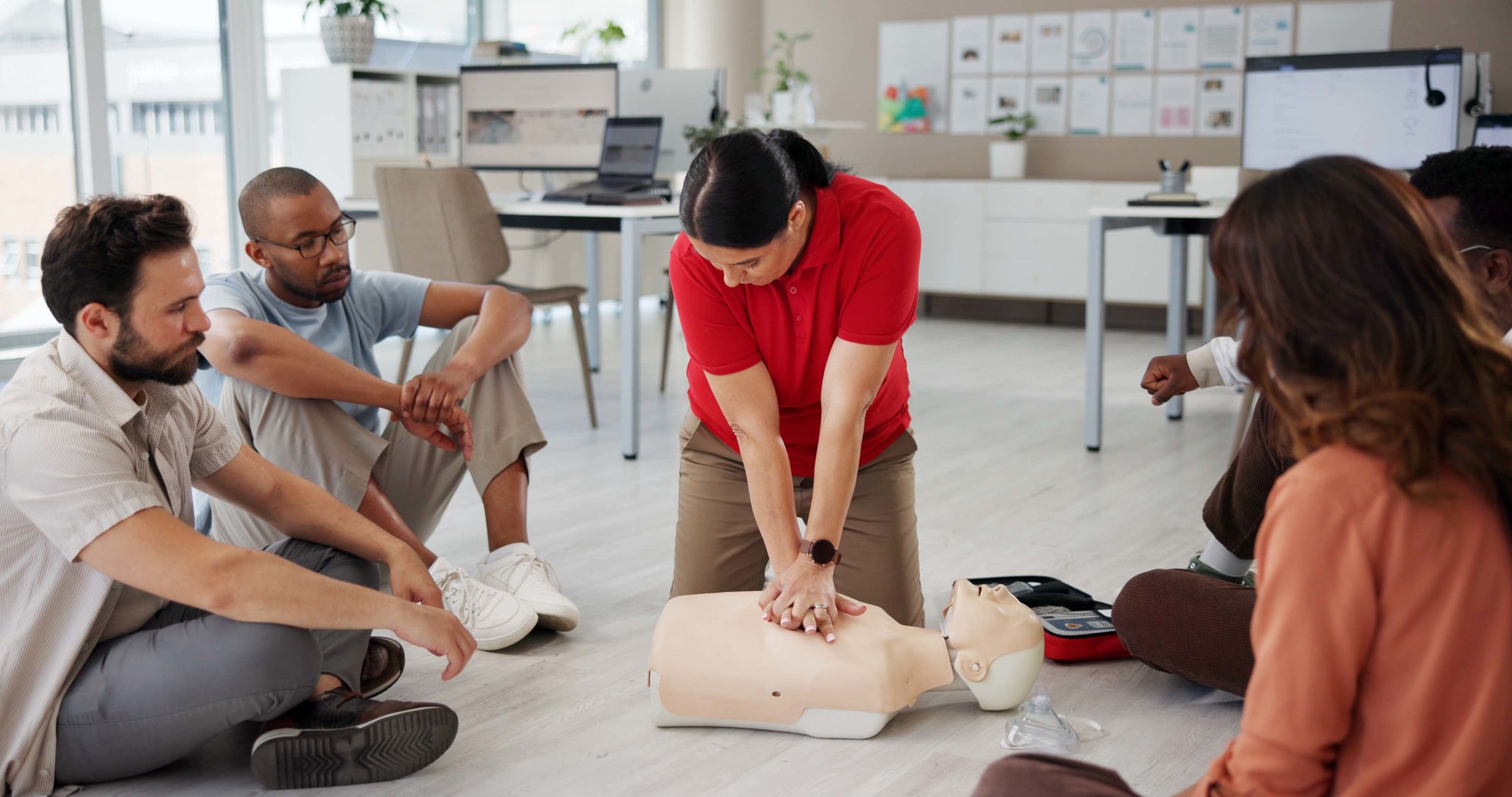Virtual Basic Life Support Classes: Meeting Growing Demand
Understanding the Shift to Virtual Basic Life Support Classes
In recent years, the demand for Basic Life Support (BLS) training has surged, fueled by an increasing awareness of the importance of life-saving skills. This demand has led to the rise of virtual BLS classes, offering a flexible and accessible alternative to traditional in-person training. These classes are designed to equip individuals with essential skills such as CPR, automated external defibrillator (AED) usage, and basic first aid.

The Benefits of Virtual Learning
Virtual BLS classes provide numerous benefits, making them an attractive choice for both individuals and organizations. One of the most significant advantages is the flexibility they offer. Participants can access training materials and complete courses from the comfort of their own homes, at a time that suits them best. This eliminates the need for commuting, making it easier for people with busy schedules to participate.
Additionally, virtual classes often include interactive components such as live webinars, video demonstrations, and real-time feedback from instructors. These elements help ensure that learners remain engaged and retain the critical information being taught.
Addressing Accessibility and Inclusivity
Virtual BLS training also plays a crucial role in enhancing accessibility and inclusivity. Traditional in-person courses may pose challenges for individuals living in remote areas or those with disabilities. With online classes, geographical barriers are removed, allowing anyone with an internet connection to gain these vital skills.

Ensuring Quality and Accreditation
An essential aspect of virtual BLS training is ensuring that courses meet established standards and are accredited by recognized institutions. When choosing a virtual BLS class, it's important to verify that the program is certified by reputable organizations such as the American Heart Association or the Red Cross. Accreditation guarantees that the course content is up-to-date and aligns with current medical guidelines.
Furthermore, many virtual programs offer certification upon successful completion, providing participants with official recognition of their new skills.
Tips for Choosing the Right Virtual BLS Class
With numerous virtual BLS classes available, selecting the right one can be daunting. Here are some tips to help you make an informed decision:
- Verify Accreditation: Ensure the course is certified by a recognized institution.
- Check Instructor Credentials: Look for classes taught by experienced, qualified instructors.
- Read Reviews: Research feedback from past participants to gauge the course's effectiveness.
- Consider Flexibility: Choose a class that fits your schedule and learning pace.

The Future of BLS Training
The growing popularity of virtual BLS classes is likely to continue as technology advances and more people recognize the importance of life-saving skills. The convenience and accessibility of online learning make it a viable option for individuals and organizations looking to train employees or volunteers in BLS techniques.
As these programs evolve, we can expect to see even more innovative approaches to delivering quality life support training, further meeting the needs of a diverse range of learners.
Conclusion: Embracing the Change
In conclusion, virtual Basic Life Support classes are meeting the growing demand for accessible and effective training options. By embracing this shift towards online learning, individuals can acquire essential life-saving skills that are crucial in emergencies. Whether you're a healthcare professional or someone interested in being prepared to help others, virtual BLS classes offer a convenient way to gain these invaluable skills.